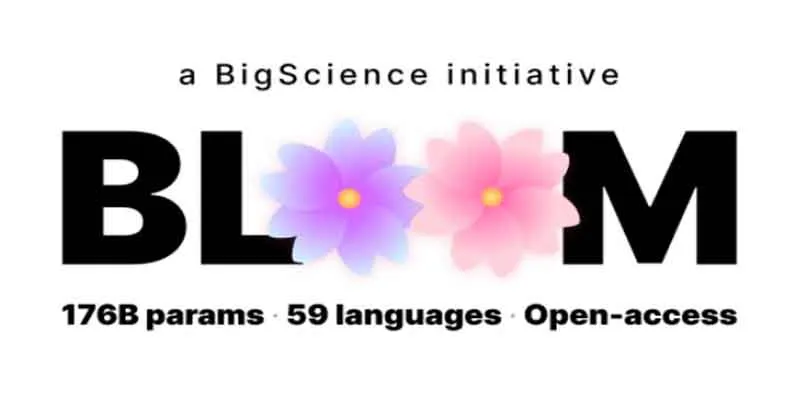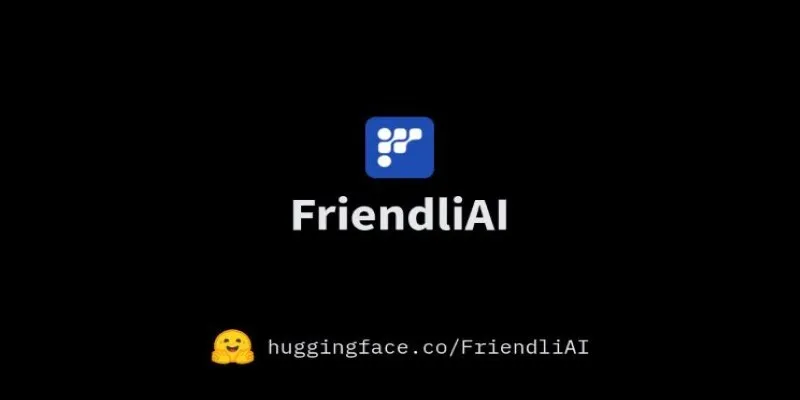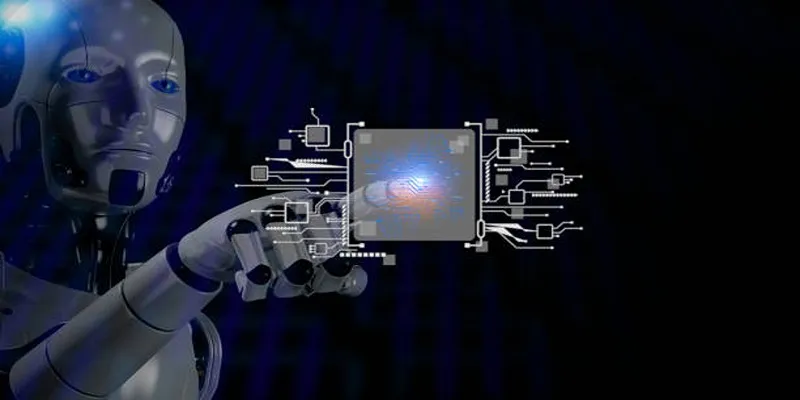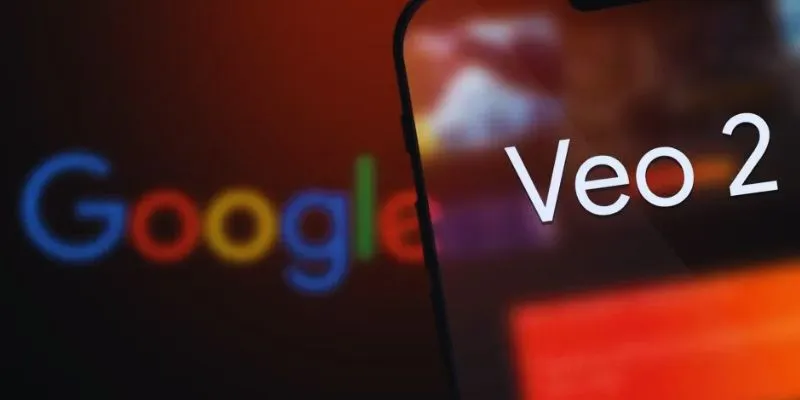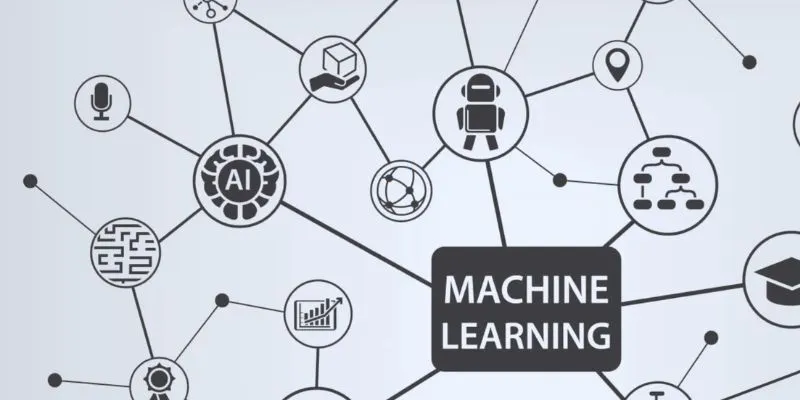Perceiver IO is revolutionizing the AI landscape by offering a scalable, fully attentional model that processes any data type—be it images, audio, video, text, or structured input—using a single architecture. Unlike traditional AI models, which require separate architectures and training methods for different tasks, Perceiver IO simplifies this by adopting a unified approach.
What Sets Perceiver IO Apart?
Inspired by Transformers, Perceiver IO refines the attention mechanism to efficiently handle large or complex inputs. Traditional Transformers apply attention across all input tokens, which is not feasible for high-resolution or lengthy data sequences. Perceiver IO introduces a latent bottleneck through asymmetric attention, processing inputs via a smaller set of latent variables that absorb and transmit data through the network.

This approach significantly reduces memory usage and allows the model to scale without becoming computationally intensive. By applying self-attention within the latent array across layers, Perceiver IO enables deep processing while keeping costs manageable. The model’s output mechanism is flexible, generating outputs in various formats—labels, sequences, arrays—through a querying system that lets outputs attend to the latent space. This versatility supports both predictive and generative tasks without altering the architecture.
Handling Multimodal Inputs Seamlessly
One of Perceiver IO’s standout features is its ability to process multiple input types simultaneously. Conventional models require separate processing streams and specialized encoders for text, image, and audio inputs. In contrast, Perceiver IO treats all inputs as sequences, regardless of their original format. Text becomes tokens, images become pixels, and audio becomes wave values.
These sequences are processed through the same attention-based system, allowing the model to learn interrelations between different data types without custom paths. This capability is especially beneficial for tasks like video classification with sound or image captioning, where interpreting multiple modalities together is crucial.
Tests on diverse datasets such as ImageNet, AudioSet, and Pathfinder demonstrate the model’s competitive performance across tasks. It processes different modalities efficiently without needing separate training setups, reducing engineering time and enabling the same architecture across various domains.
The Architecture Behind Perceiver IO
Central to Perceiver IO is its use of cross-attention and self-attention. The input is mapped to a smaller, fixed-size latent array using cross-attention, distilling relevant information into a compact form. Multiple layers of self-attention within this latent array keep memory and compute costs predictable and manageable.

Output querying further enhances flexibility. The model uses learnable queries that attend to the latent array, adaptable for classification with single queries or sequence generation with multiple queries. This decoupling of input and output accommodates mismatches in type or size, such as translating video into summaries or predicting multiple values from a single sensor reading.
Perceiver IO’s fixed-size latent array ensures efficient scaling, avoiding the quadratic growth in attention computation seen in traditional Transformers. This makes it suitable for longer sequences and larger images or videos.
Real-World Applications and Future Potential
Perceiver IO extends beyond a research concept, offering significant advantages in production settings. In industries like healthcare, where imaging data and patient records must be integrated, or in autonomous systems combining video, lidar, and GPS, a unified model simplifies workflows and reduces infrastructure costs.
In scientific research, where datasets often span multiple formats, Perceiver IO can consolidate processes. For example, climate models require numerical data, time-series readings, and satellite images, which Perceiver IO can handle simultaneously.
While it may not yet outperform specialized models, its flexibility and scalability are promising for real-world tasks. With further development, Perceiver IO could match or surpass domain-specific models without altering its core structure, opening new avenues for AI that learns from and operates across diverse contexts.
Conclusion
Perceiver IO represents a shift toward a unified approach to machine learning. Its fully attentional architecture and scalable design enable it to process various inputs and deliver diverse outputs without modifying the underlying structure. By reducing reliance on tailored solutions for each task or data type, Perceiver IO offers a streamlined path from raw input to result. As the demand for cross-domain models grows, Perceiver IO demonstrates that adaptable and efficient systems are achievable, learning from data itself rather than fixed assumptions.
 zfn9
zfn9
